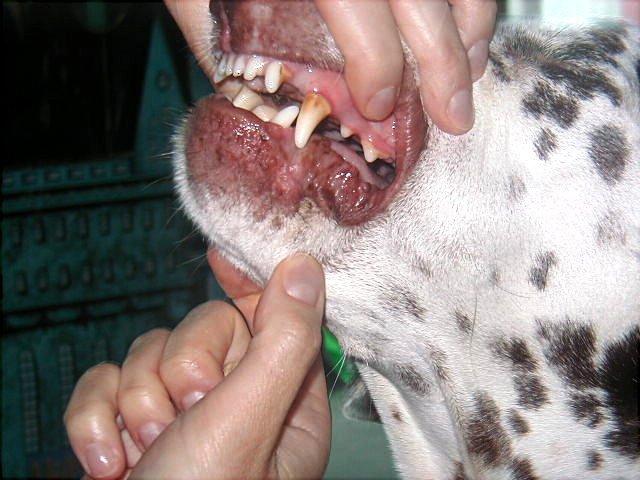Technology is advancing everywhere and that includes the pet world. Learn more about CRISPR in genetic engineering from Deinah Storm…
How CRISPR Can Help Make Better Dogs
Though still in its infancy, CRISPR technology is already making big waves in genetic engineering. Precise, cheap, and easy to use, it has the potential to change everything forever, including how you breed dogs.

How CRISPR Works
Bacteria and viruses have been at war for a long time. Bacteriophages (or phages) are viruses that hunt bacteria and destroy them by inserting their genetic code into their target and taking them over to reproduce more phages. Bacteria fight back by storing a part of the virus’ DNA in a built-in archive called CRISPR (Clustered Regularly Interspaced Short Palindromic Repeats). When the virus attacks again, the bacteria arms a protein called Cas9 with an RNA copy of the virus DNA. Cas9 then scans the bacterium for signs of the virus, comparing every sample DNA it encounters with the sample from the archive and cutting out the virus gene that gets a 100% match. Thus, the virus is rendered useless, and the bacterium is protected.
A Revolution Underway
Now scientists recently discovered that CRISPR is programmable. Just give it a copy of the DNA you want to be modified and insert the system into a living cell. Thus, it offers us a way to edit live cells, to switch genes on and off, and to study particular genetic code sequences. And it can be used on virtually every living being, including microorganisms, plants, animals, and even humans. The technology is still on its first generation, but newer versions of it are being developed as we speak.

Back to Canines
But how, you may ask, is this going to change dog breeding forever? Well, visualize a world with genetically designed canines, born without any diseases or physical defects. Imagine using a DNA test kit on your animal buddy and finding all the awesome characteristics anyone can want from a pet. Sounds too good to be true, right? But with CRISPR, this might be possible! Just this 2015, scientists proved it by using the system to eliminate the HIV virus from living cells. They later tested it on rats with the HIV strain, managing to remove more than 50% of the virus from the subject. The technology is also capable of targeting and potentially ending genetic diseases like color blindness and hemophilia. Thus, it’s believed that CRISPR can help eradicate thousands of diseases within decades.
Humans have been practicing genetic engineering for thousands of years, using selective breeding to strengthen some of the traits of plants and animals. For example, dogs are subspecies of wolves that we’ve learned to domesticate over millennia. Some were trained to help us hunt, while others are bred to be our companions. However, this can take years of breeding at least, and it’s tedious at best. But with DNA-modification tools such as CRISPR, you can speed up the entire process and produce canines with all enhanced characteristics you want them to have.

A Long Way to Go
Still, this massive step in genetic engineering is not without its challenges (both technological and ethical). You’re probably feeling uncomfortable with the idea that CRISPR will help us create a dark world where we’ll reject non-perfect living beings and pre-select traits and qualities based on our whims and preferences. But the thing is, we’re already doing this! As mentioned above, we’ve been employing selective breeding to produce animals and plants that have the characteristics we want them to have. Don’t worry, though, integrating CRISPR will not happen overnight. The technology is still not infallible, and we don’t know enough yet about our genes and the consequences editing it will bring.
Yes, CRISPR technology is scary, but there’s a lot to gain by integrating it into our way of life ? and our dog’s. It might just be the next step in the natural evolution of life in our universe. Whatever your take is on genetic engineering, the future is coming with it no matter what.
About the author: 
Deinah Storm is a pet lover from the US that’s had cats and dogs all her life. When she’s not walking the dogs with her family, she spends time writing informational and interesting blogs about pets to share with pet lover communities.
More tech advances in pet care
DNA test kits
Copycats and copy dogs: Would you clone your pet?
Who is Chilli? DNA breed detection
Pet tech 101: Latest technology for your pets
Furbo: Talk to your pets when they’re home alone







Comments are closed.